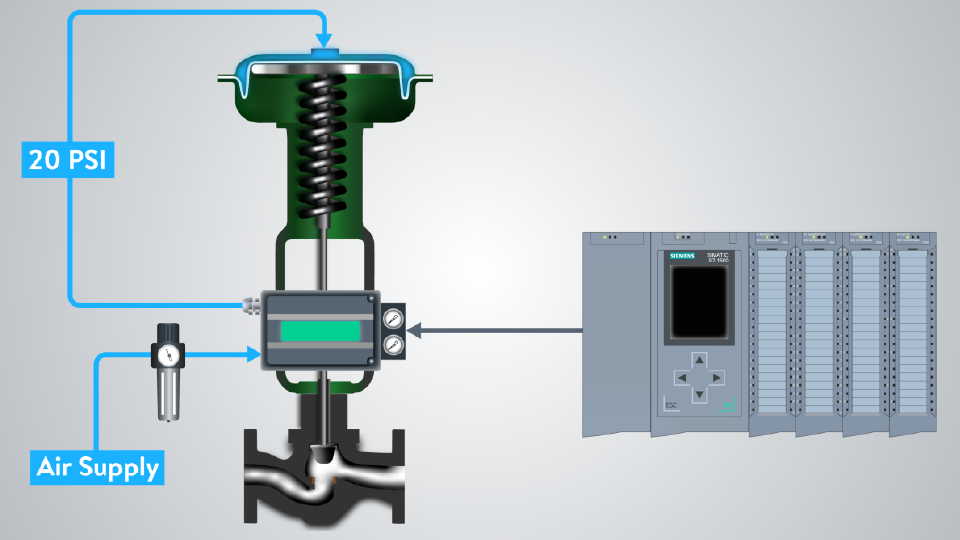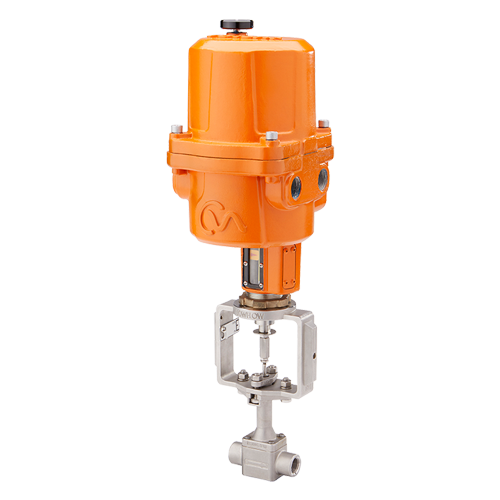The Role of Control Valves in Fluid Circulation Monitoring Systems
The Role of Control Valves in Fluid Circulation Monitoring Systems
Blog Article
Achieve Seamless Combination and Control With High Quality Building Automation Controls
In the realm of modern-day structure monitoring, the importance of high quality structure automation controls can not be overemphasized. Embracing top quality building automation controls is not merely an issue of convenience but a calculated crucial for organizations aiming to enhance their facilities' performance and sustainability.

Development of Structure Automation Controls
Throughout the previous few decades, the advancement of developing automation controls has actually substantially transformed the means buildings are managed and run. Building automation systems primarily concentrated on standard functions such as regulating home heating, air, and ventilation conditioning (HVAC) systems. However, as innovation advanced, these controls have become more advanced, permitting a larger variety of structure systems to be incorporated and taken care of centrally.
The advancement of constructing automation controls has seen a change towards more intelligent systems that can adjust to altering problems in real-time. This flexibility is vital for optimizing power effectiveness and ensuring resident comfort. Furthermore, contemporary building automation controls now offer functions such as predictive maintenance, remote tracking, and data analytics, enabling center supervisors to make data-driven choices to improve building performance.

Benefits of Top Quality Combination
The advancement in building automation controls in the direction of even more intelligent systems has underscored the considerable benefits of top quality combination in maximizing building operations and improving general effectiveness. This central control also offers much better exposure and understandings right into building efficiency, enabling positive maintenance and optimization techniques. Overall, the benefits of top quality combination in building automation controls are obvious, supplying raised efficiency, comfort, and operational performance.
Improved User Experience and Access
Enhancing customer communication with building automation regulates via user-friendly design and boosted accessibility raises the general experience for occupants and center supervisors alike. By concentrating on user experience, building automation systems can come to be more straightforward and reliable. Instinctive interfaces, clear navigating, and adjustable settings empower individuals to interact with the controls quickly and efficiently.
Accessibility functions play an important role in making sure that all people, consisting of those with impairments, can use the building automation controls easily. Including features such as voice commands, tactile switches, and color-contrasted displays can improve availability and make the controls much more comprehensive.
Furthermore, improved user experience causes higher customer fulfillment, increased productivity, and far better decision-making. Passengers can change ecological settings according to their choices, while facility managers can efficiently manage and keep track of structure systems - control valves. On the whole, prioritizing individual experience and access in structure automation controls adds to a more efficient and seamless building setting for all stakeholders entailed
Lasting Practices Via Automation

Additionally, automation can assist in the combination of renewable resource resources such as photovoltaic panels or wind turbines into structure operations. By instantly changing power usage based on the schedule of renewable resource, structures can even more reduce their dependence on non-renewable sources. This seamless assimilation of lasting practices not only benefits the setting however also improves the general functional performance and cost-effectiveness of the structure. Through automation, buildings can line up with modern-day sustainability goals and add resource to a greener future.
Future Trends in Structure Control Solution
In expectancy of progressing technologies and progressing sustainability techniques, the trajectory of structure control systems is positioned to embrace transformative approaches and cutting-edge options. One popular trend shaping the future of structure control systems is the raised combination of Expert system (AI) and artificial intelligence. These technologies make it possible for buildings to adjust in real-time to changing conditions, optimizing power usage and improving comfort for owners. Furthermore, the Web of Points (IoT) is reinventing building control systems by linking sensing units and gadgets to improve and click here for info simplify operations effectiveness.
Another crucial trend is the emphasis on cybersecurity steps to protect against possible threats to building automation systems. As structures come to be more interconnected, making sure durable cybersecurity protocols will be vital to safeguard sensitive data and stop unapproved access.
Furthermore, the shift in the direction of cloud-based systems is acquiring energy, permitting centralized control and remote access to structure systems. This helps with less complicated tracking, upkeep, and updates, enhancing the total performance and adaptability of building control systems. As technology proceeds to breakthrough, these fads are expected to form the future landscape of building automation controls, driving technology and sustainability in the built setting.
Conclusion
Future trends in building control systems are likely to concentrate on further boosting automation abilities for improved energy performance and general performance. It is essential for structure owners and drivers to prioritize the adoption of high quality building automation regulates to optimize structure procedures and achieve long-lasting sustainability goals.
In the world of modern-day structure monitoring, the significance of high quality structure automation controls can not be overstated. In general, the advancement of structure automation controls proceeds to drive innovation in the building administration market, supplying brand-new possibilities for developing smarter and a lot more sustainable buildings.
The advancement in structure automation controls in the direction of more smart systems has emphasized the considerable advantages of high quality assimilation in optimizing structure operations and boosting general efficiency. On the whole, prioritizing customer experience and access in structure automation manages contributes to a much more productive and smooth building environment for all stakeholders included.
It is crucial for building owners and drivers to focus on the adoption of high quality structure automation controls to enhance building procedures and attain long-lasting sustainability goals. - control valves
Report this page